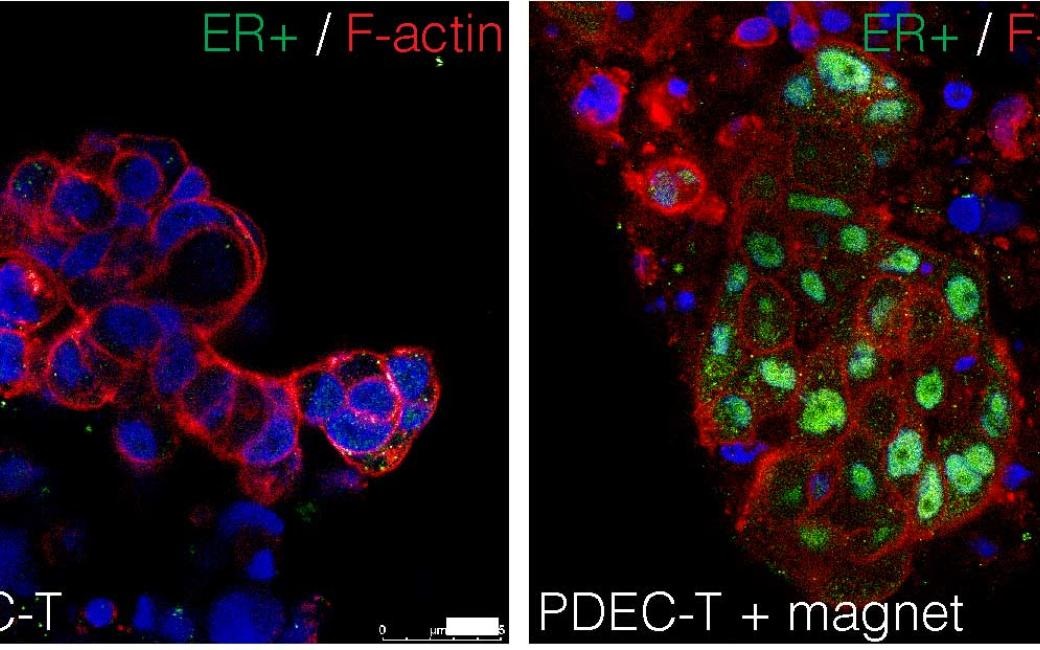Mini-breast cancer developed as weapon against breast cancer
Published : 30 Nov 2021, 01:52
Breast cancer researchers from the University of Helsinki and material scientists from Aalto University have jointly developed a gel-grown “mini-breast cancer” that will help uncover more effective treatments against hormone-dependent breast cancer, said the University of Helsinki in a press release on Monday.
Breast cancer is currently the most common form of cancer among the working age in Finland. Most breast cancers belong to a so-called hormone receptor-positive subtype. This means that there are hormone receptors on the cancer cells that receive hormones from the body and trigger a chain reaction that increases cancer growth.
These breast cancers can be effectively treated with hormone therapies. However, in 40 percent of the cases the effectiveness of the treatments decreases over time until it becomes difficult to control the cancer with medication.
Additionally, it is problematic to study the effects of hormone therapies, the lack of treatment response, and new therapies that may be effective in unresponsive cancers as hormone receptors disappear completely from breast cancer cells under laboratory cell culture conditions.
Researchers at the University of Helsinki and Aalto University have found a way to keep the hormone receptors under laboratory conditions in their gel-grown mini-breast cancers. This discovery opens new avenues for the development of hormonal therapies, the study of individual drug responses, and the elucidation of the mechanisms of drug resistance.
”Although we had rummaged through almost all possible growth factors and culture media, the study did not really produce results. The hormone receptors always disappeared,” said researcher Pauliina Munne about the background of the study.
Then it became clear to the researchers that the answer might not be found with chemistry but with physics.
” It was only when we mimicked the natural mechanical properties that breast tissue experiences, such as high stiffness, that we were able to keep the hormone receptors present in cancer cells. To our great delight, they also acted as hormone receptors should, and most importantly, based on our results, we were able to block their action with a new generation of hormone drugs,” Munne added.
The recent results are an example of the power of co-operation between different disciplines. The study integrates the traditionally strong knowledge of cancer biology from the University of Helsinki's with a long tradition of top research in material sciences from Aalto University.
”This is a textbook example of how crossing different fields of research can create completely new types of breakthroughs. It is important to be able to ask concrete questions across various areas of expertise, says research partner,” said Professor Olli Ikkala from Aalto University.
The research group leader, Juha Klefström, a FICAN research professor at the Finnish Cancer Institute, has been actively in contact with Finnish cancer centers and pharmaceutical companies with the aim of using the patentable mini-breast cancer model to promote drug development for hormone-positive breast cancers.
”In the study, we preliminarily tested our mini-breast cancer model with a new generation of hormone drugs offered by a US pharmaceutical company, and the results were very promising. I believe that a whole new chapter is now opening in the fight against hormone receptor-positive breast cancer,” Klefström said.


